Rounding Decimal Numbers Worksheets 5th Grade
Rounding decimal numbers can be a challenging concept for many 5th-grade students. Struggling to grasp the rules and techniques can often lead to frustration and confusion. However, with the help of well-designed worksheets, students can gain a clear understanding of rounding decimal numbers and feel more confident in their abilities. These worksheets provide practice and reinforcement for this particular skill, ensuring that students have a solid foundation in rounding decimal numbers.
Table of Images 👆
- Convert Decimal to Fraction Worksheet
- 4th Grade Math Worksheets PDF
- Rounding a Number Line with Decimals
- Comparing Decimals Worksheet
- Equivalent Fractions Worksheet
- Subtracting Decimals Worksheet
- 6th Grade Math Worksheets
- Decimal Crossword Puzzle
- Decimal Place Value Expanded Form Worksheets
- Adding and Subtracting Money Worksheets
- Number Line Online
More 5th Grade Worksheets
5th Grade Math Worksheets PrintableMultiplication Worksheets for 5th Grade
Constitution Worksheets for 5th Grade
Coordinates Worksheets 5th Grade
United States Worksheets 5th Grade
Free Division Worksheets for 5th Grade
Poetry Terms 5th Grade Worksheets
5th Grade Social Studies Printable Worksheets
What is the purpose of rounding decimal numbers?
The purpose of rounding decimal numbers is to simplify and make calculations easier by approximating the value of a number to a more manageable and understandable form. Rounding helps in obtaining a quick estimate without dealing with complex fractions or excessive decimal places, making it more practical for everyday use in various mathematical and real-world situations.
How do you round a decimal number to the nearest whole number?
To round a decimal number to the nearest whole number, look at the digit immediately to the right of the decimal point. If it is 5 or greater, round up. If it is less than 5, round down. For example, if you have the decimal 3.78, the digit immediately to the right of the decimal is 7 (which is 5 or greater), so you would round up to 4.
How do you round a decimal number to the nearest tenth?
To round a decimal number to the nearest tenth, look at the digit in the hundredths place. If it is 5 or greater, round up the digit in the tenths place. If it is less than 5, keep the digit in the tenths place the same. For example, if you have 3.68, the digit in the hundredths place is 8 which is 5 or greater, so you would round up to 3.7.
How do you round a decimal number to the nearest hundredth?
To round a decimal number to the nearest hundredth, look at the third decimal place. If the digit in the third decimal place is five or higher, you round up the second decimal place. If it is less than five, you leave the second decimal place as is.
How do you round a decimal number to the nearest thousandth?
To round a decimal number to the nearest thousandth, look at the fourth digit after the decimal point. If that digit is 5 or more, round up by adding 1 to the third digit after the decimal point. If that digit is 4 or less, leave the third digit as it is. Then, drop all digits after the third digit to get the rounded number to the nearest thousandth.
What is the rule for rounding decimal numbers when the digit following the rounding position is less than 5?
When the digit following the rounding position is less than 5, you simply leave the rounding position unchanged. This means that the rounding position remains the same, and all digits to the right of it are replaced with zeros.
What is the rule for rounding decimal numbers when the digit following the rounding position is 5 or greater?
The rule for rounding decimal numbers when the digit following the rounding position is 5 or greater is to round up the previous digit by adding 1 to it.
How do you round a decimal number that ends in .5?
When rounding a decimal number that ends in .5, you typically round up to the nearest whole number. This means that if the number before the .5 is odd, you round up to the next whole number; if it is even, you round down. For example, 3.5 would round up to 4, while 2.5 would round down to 2.
What is the difference between rounding up and rounding down in decimal numbers?
Rounding up means changing a decimal number to the next highest number or whole number, while rounding down means changing a decimal number to the next lowest number or whole number. For example, rounding up 5.7 would be 6, while rounding down 5.7 would be 5.
How is the process of rounding decimal numbers similar or different from rounding whole numbers?
The process of rounding decimal numbers is similar to rounding whole numbers in that you are attempting to approximate a value to a specified degree of accuracy. However, rounding decimal numbers involves determining the value of a digit in relation to the decimal point, while rounding whole numbers involves determining the value of a digit in relation to the place value. Additionally, when rounding decimal numbers, you may need to consider the decimal place being rounded to, which adds another layer of complexity compared to rounding whole numbers.
Have something to share?
Who is Worksheeto?
At Worksheeto, we are committed to delivering an extensive and varied portfolio of superior quality worksheets, designed to address the educational demands of students, educators, and parents.

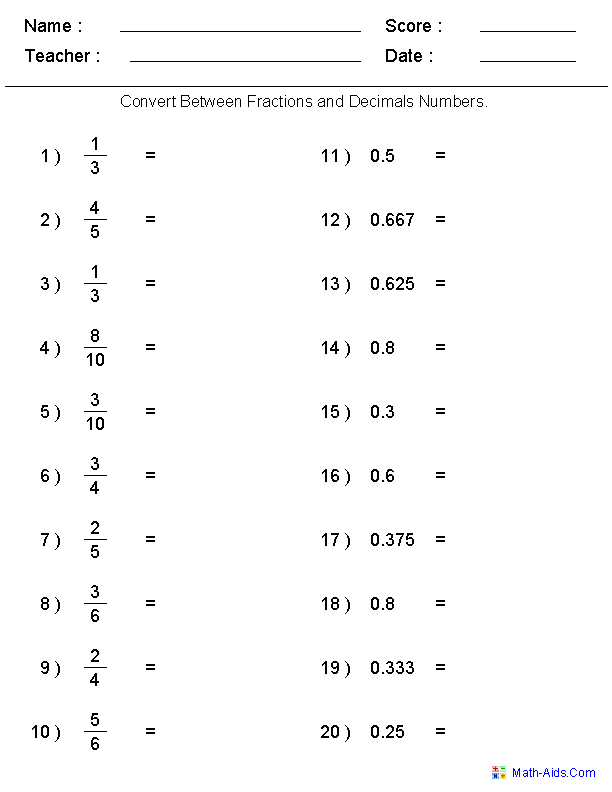



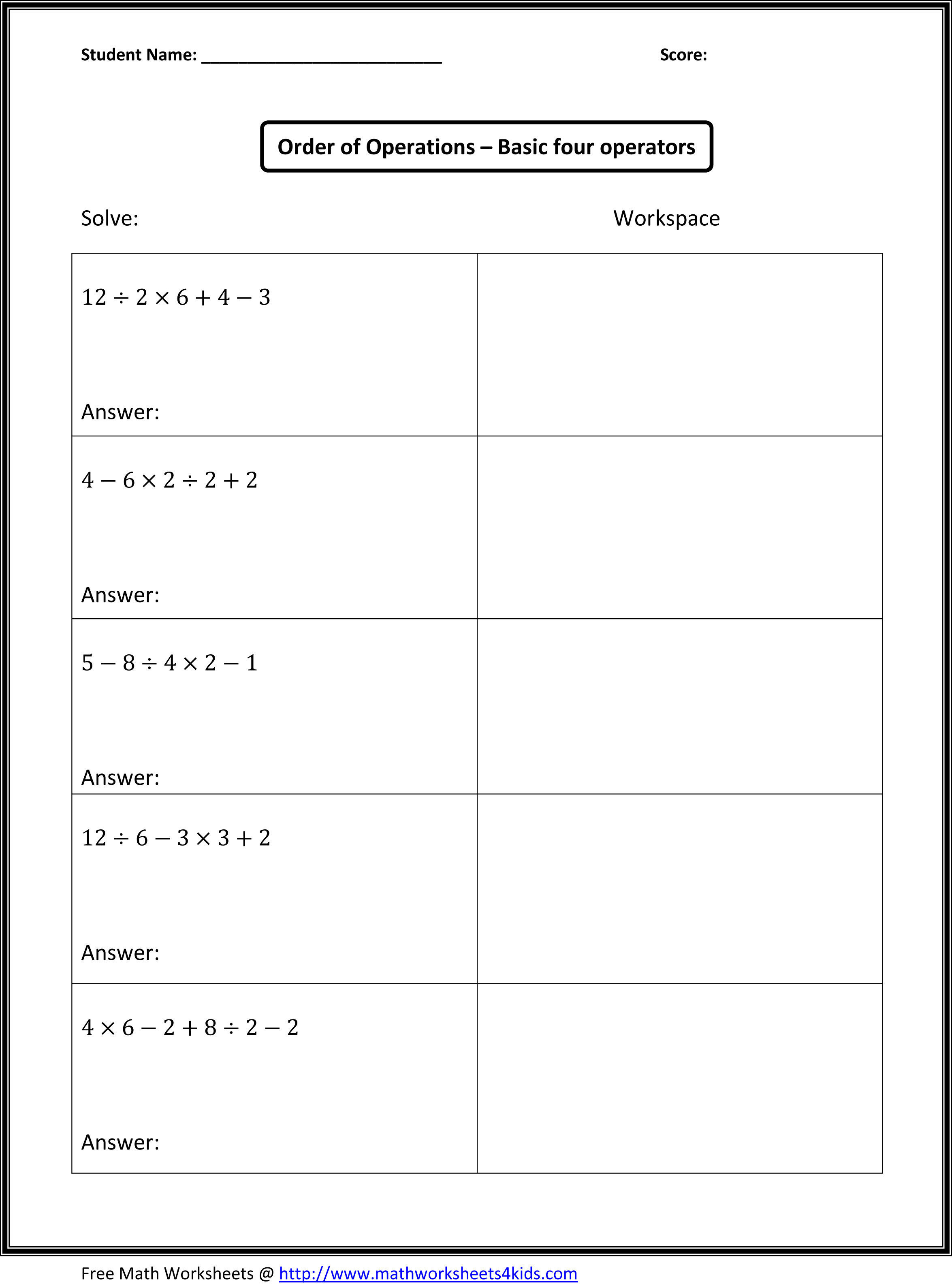
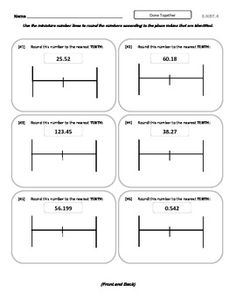
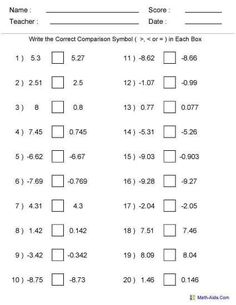
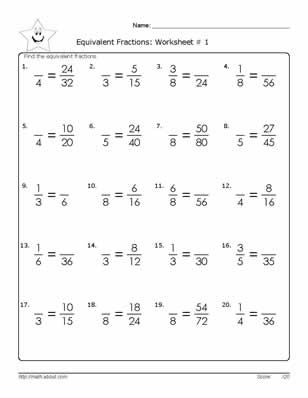
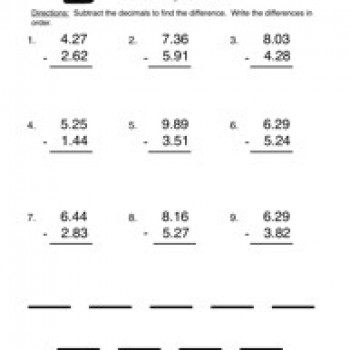
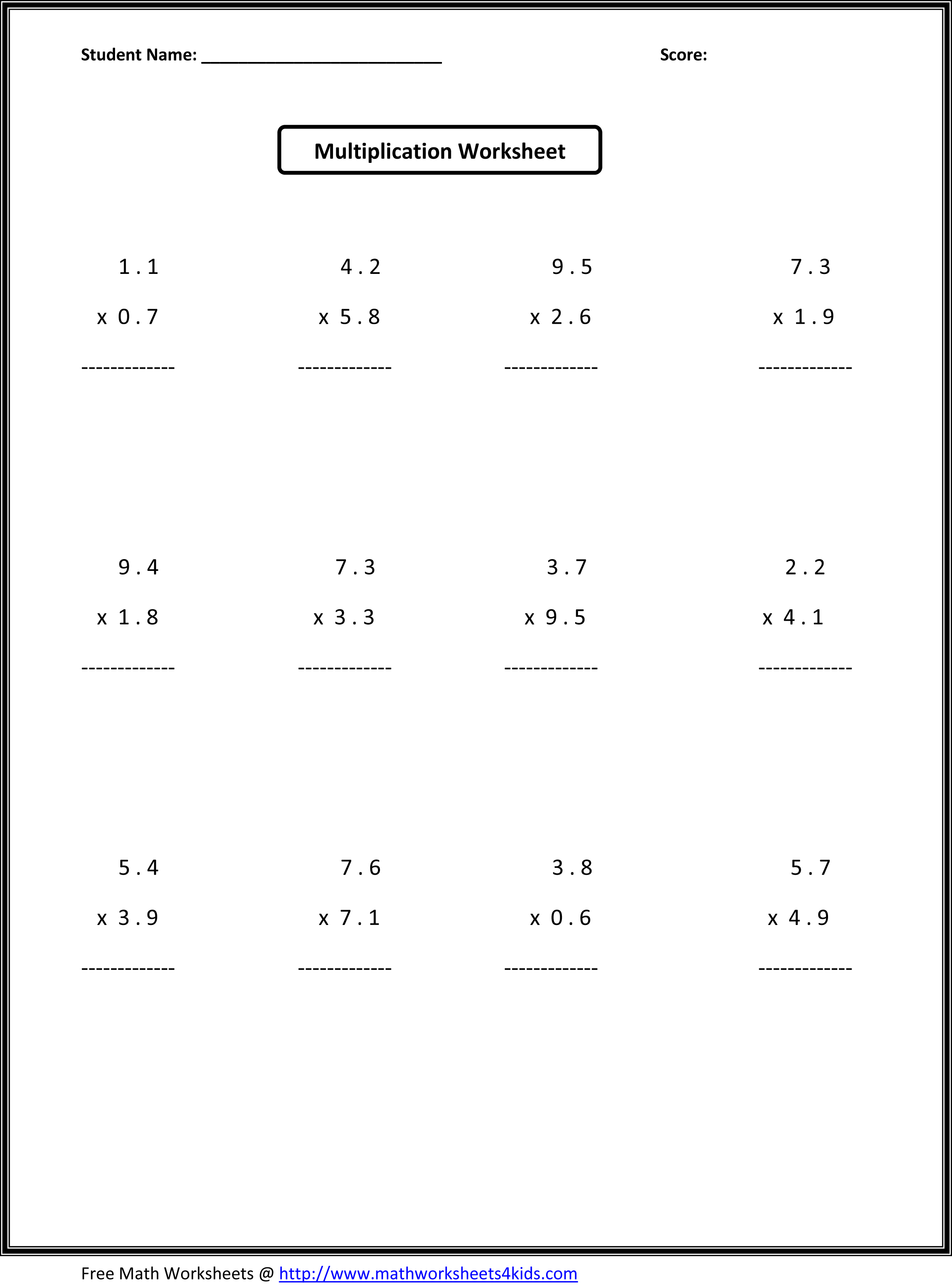
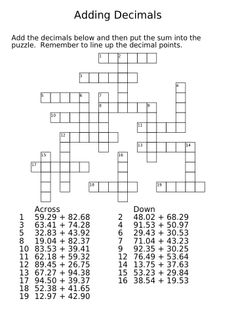
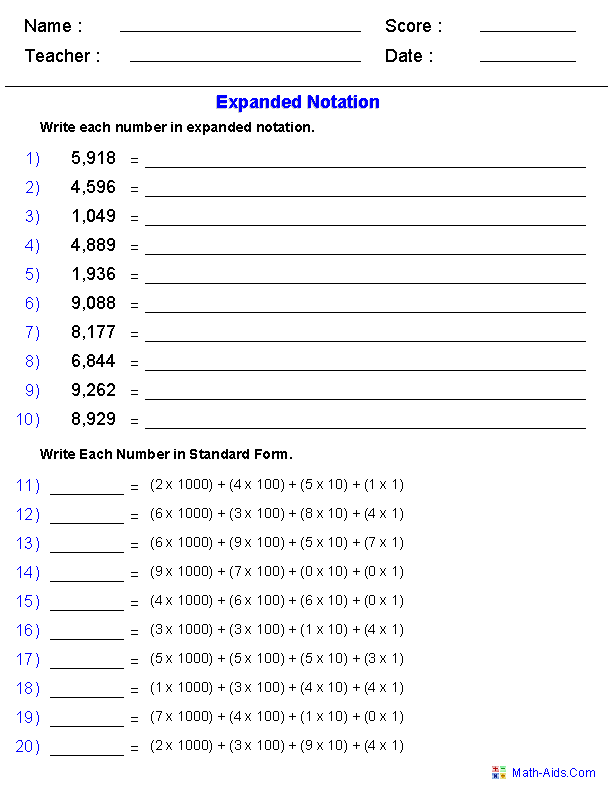
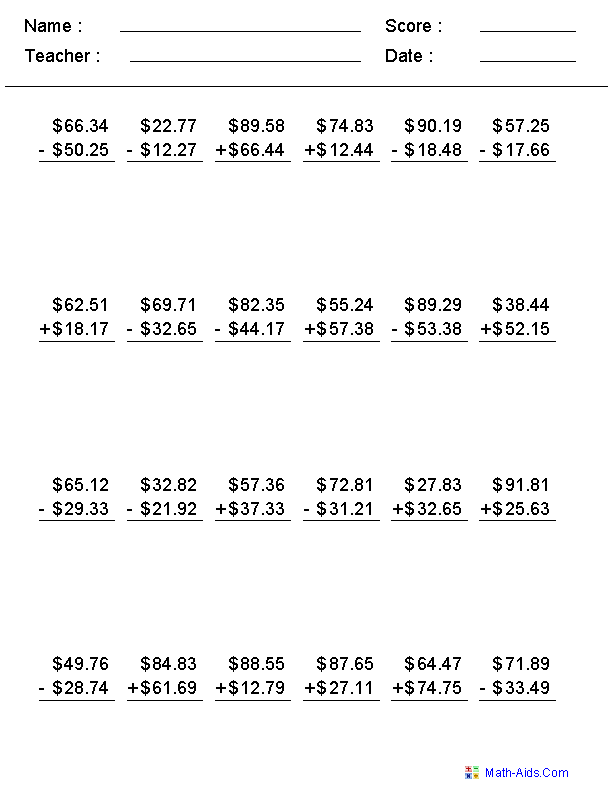
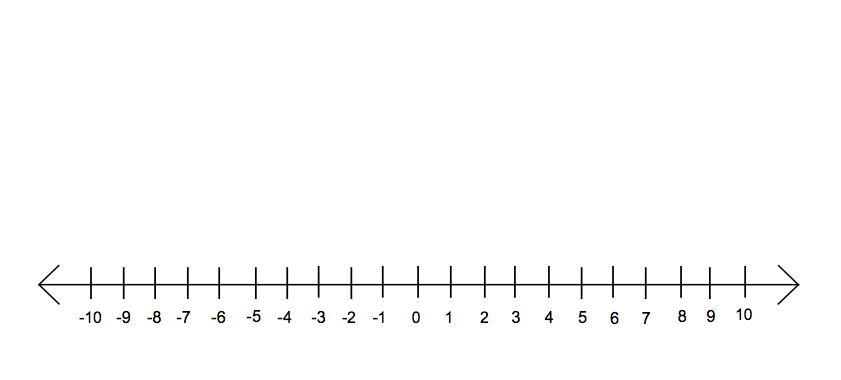
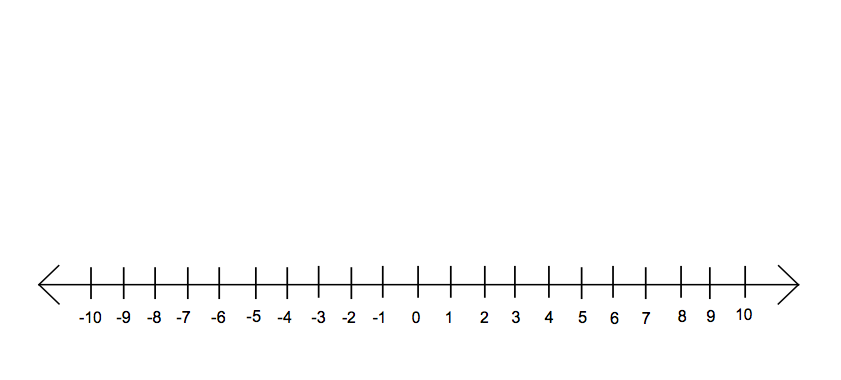
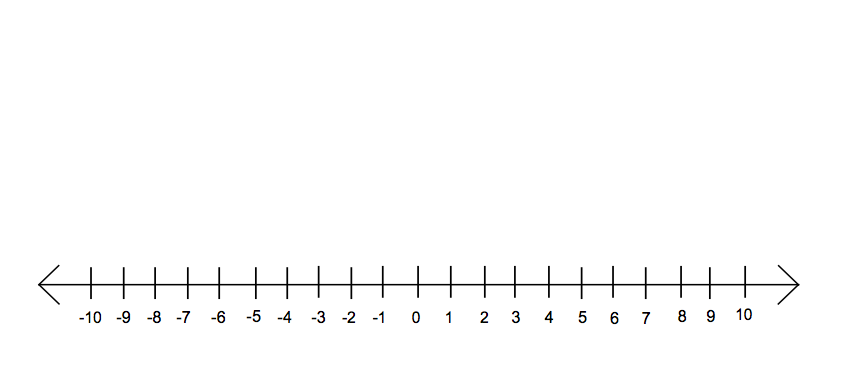
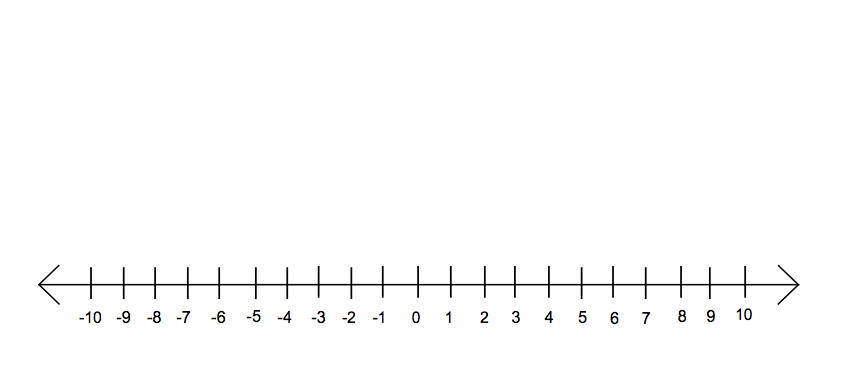
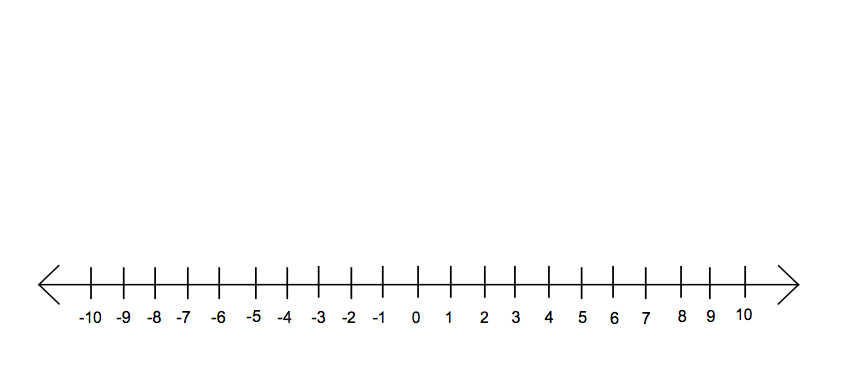
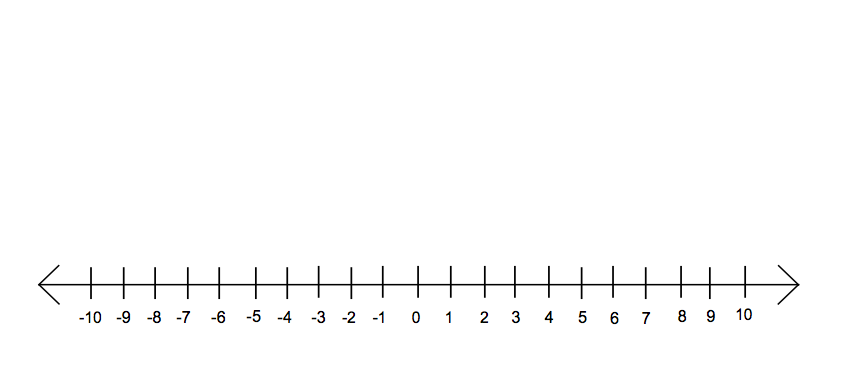









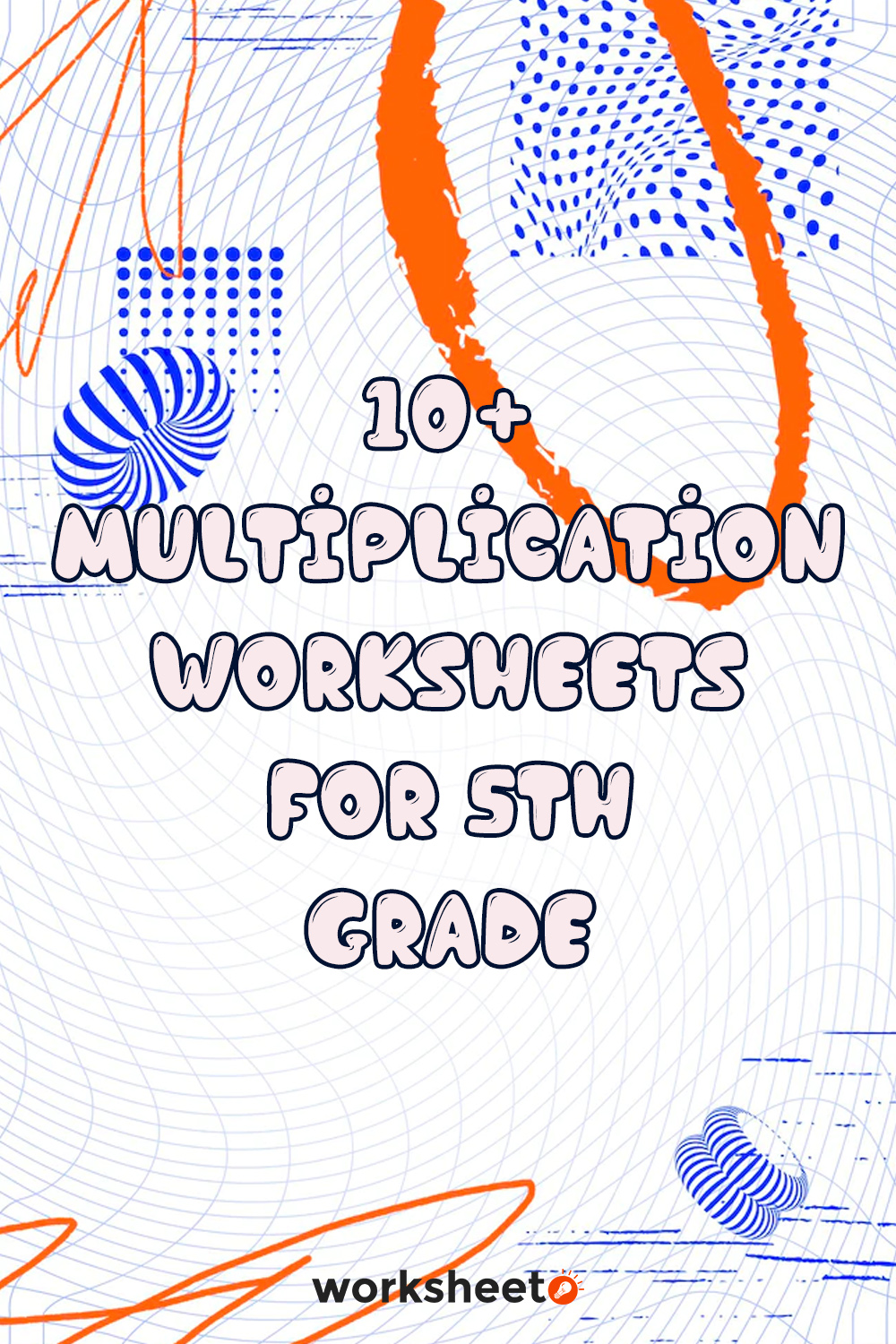




Comments